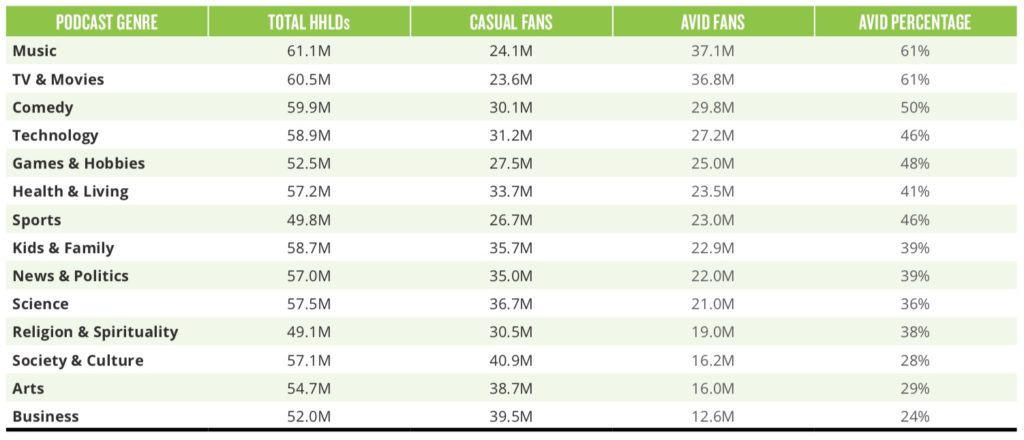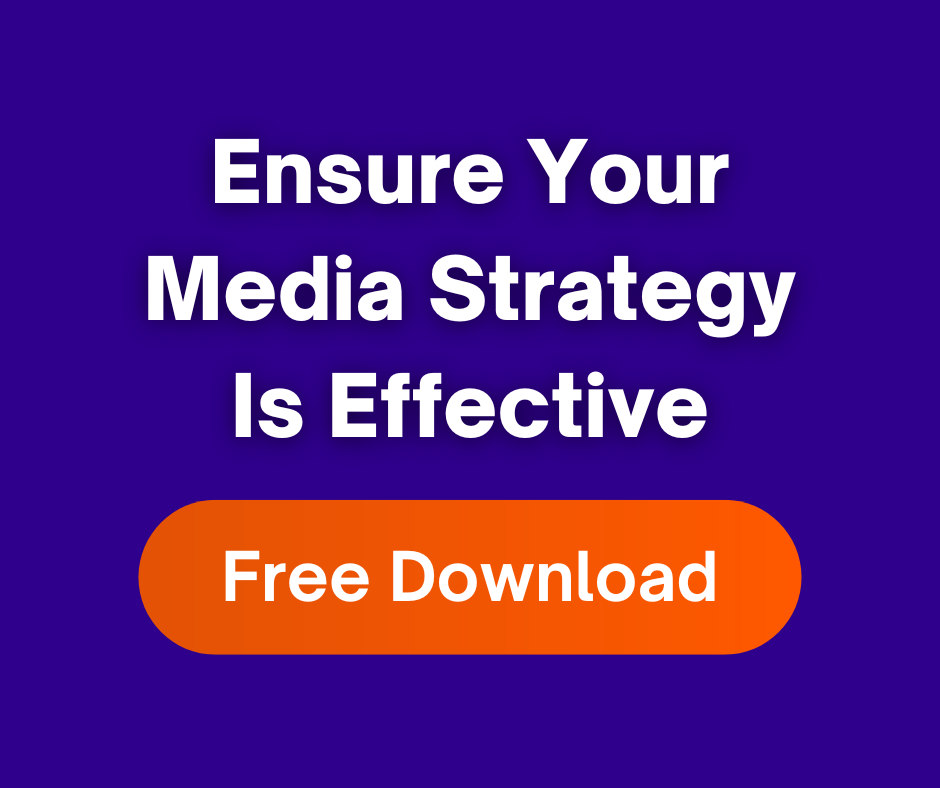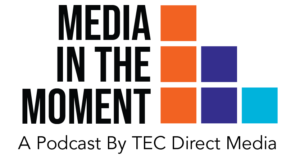Note: This article has been updated with new research. Check out the new blog post here.
As the media landscape evolves, we are constantly re-evaluating the vehicles we recommend in our media plans asking, “is this effective?” Over the next few months we’ll be sharing our views with you and today we’re answering the question, “What are the advantages of radio advertising?” We’d like to explore the role radio plays in a media plan and how effective it can be.
Radio’s Reach is Unsurpassed
For starters, radio is the leading reach platform according to Nielsen, drawing a higher weekly audience than television. A staggering 93% of adults listen to the radio weekly, made possible through not only traditional methods but also through Sirius XM and digital streaming platforms like Spotify, Pandora, and iHeartRadio.
Radio has carved its own niche offering unique forms of entertainment through both digital and traditional channels. To survive, radio, or audio content has expanded to offer exclusive shows, podcast series, news networks, and customized stations through digital streaming. This evolution has positioned radio to retain its popularity, offering entertainment that’s different from video content.
Advantages of Radio Advertising
Radio advertising provides several benefits to brands:
The ability to target your audience. Radio offers the opportunity to pinpoint your perfect audience and target your sales approach solely to them. For instance, you can choose a station that caters to a certain age group, giving your marketing dollars real power. In particular, busy moms listen to AM/FM radio stations both over the air and online and 65% report doing so weekly.
The ability to stand out. Known as the uncluttered medium, radio offers a clean slate for your advertising efforts. Today’s newspaper and magazines devote two-thirds of their space to ads; TV one-third of its airtime; while radio offers only about 10 minutes per hour to ads. Listeners usually tune in at work or while driving or exercising — situations where they are usually alone and all ears. They can be reached when they’re away from home and ready to buy. Regardless of format or time of year, radio is a proven medium for reaching an engaged audience in an uncluttered environment.
The ability to offer more frequent ads. The fact is, frequency sells. The more ads you can get on the air, the better the chance it will make an impact. Radio allows advertisers an inexpensive way to get their voice heard – over and over again.
The ability to stir emotions and create demand. Even with the focus today on video, radio is still an active medium. It can create immediacy, driving shoppers to a specific store, brand or to take a specific action. Radio advertisements are able to engage with audiences in a personal and unique way.
Terrestrial and Digital Radio Facts
According to the Pew Research Center, “advances in consumer technologies allow increasing numbers of Americans to choose to listen to radio on a variety of newer platforms, while at the same time, terrestrial radio continues to reach the overwhelming majority of the public.” Spot advertising, for example, still makes up for 3/4 of revenue for radio stations.
Terrestrial radio is finding ways to break its once regional barriers by offering online streaming services for listeners to tune into their station from anywhere the internet is available. Due to this fact, the lines are starting to blur between terrestrial and digital radio. For example, iHeartRadio streams 800+ terrestrial radio stations, widening a local station’s audience significantly. Pandora and Spotify users hear ads targeted to their registered location.
Digital radio has become its own powerhouse and is a significant reason for radio’s survival. Users have latched on to the convenience and pleasure of streaming personalized music stations from services like Pandora, Spotify and iHeartRadio. Audio streaming isn’t just limited to music, either. Podcasts and radio shows are other digital assets that are included on these platforms.

Digital radio has a massive audience. Collectively, the “big three” streaming audio apps have over 200 million users. More specifically, Pandora has 81 million active users, Spotify has 50 million active paying users, and iHeart radio has surpassed 100 million registered users. According to Edison Research, as of 2015, the percentage of Americans who listen to online radio have doubled since 2010, going from 27% to 57%. Smart Speakers are also playing a role in how audio programming is being consumed.
We Can Leverage Radio for You
Advertisers are keeping their money in radio ads. In fact, according to eMarketer, “Over-the-air radio and out-of-home (OOH) advertising will also see small increases during the forecast. Radio will grow 0.2% in 2017.” TEC Direct Media works with all media, specializing in direct response and targeted buying practices. Whether you are an emerging brand or an established company, we can help you use radio to drive up sales. You can read more about digital audio here, and if you have any questions on how we can help your business, contact us.
But Wait – There’s More!
This was great when we first wrote it but so much has changed since then.
Read our updated post on radio advertising below.




